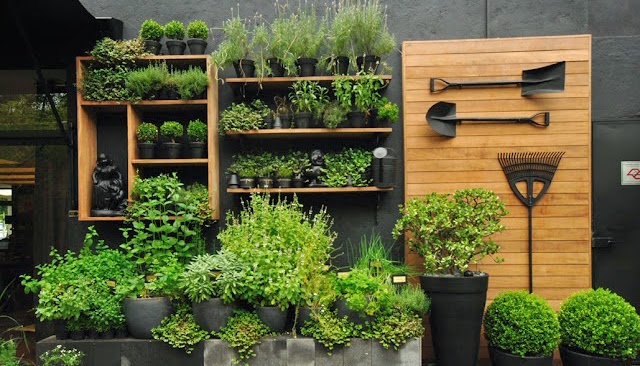Gardening is good for our minds. Sometimes, as simple as having a plant on your desk can reduce stress and depression and make you feel more energized and think more clearly. Many that suffer from anxiety and depression have found gardening and caring for plants to be incredibly beneficial. Make your grow-your-own dreams a reality with these ten easy-to-follow tips.
- Site it right.
Starting a garden is just like real estate; it’s all about location. Place your garden in a part of your yard where you’ll see it regularly (out of sight, out of mind applies to gardening). That way, you’ll be much more likely to spend time on it.

- Follow the sun.
Misjudging sunlight is a common pitfall when you’re first learning to garden. Pay attention to how sunlight plays through your yard before choosing a spot for your garden. Most edible plants, including many vegetables, herbs, and fruits, need at least 6 hours of sun to thrive.
- Stay close to water.
One of the best gardening tips you’ll ever get is to plan your new garden near a water source. Make sure you can run a hose to your garden site, so you don’t have to lug water to it each time your plants get thirsty. The best way to tell if plants need watering is to push a finger an inch down into the soil (that’s about one knuckle deep). If it’s dry, it’s time to water.

- Start with great soil.
When starting a garden, one of the top advice is to invest in nutrient-rich and well-drained soil. Achieve this just-right blend by mixing some humus into the top 6 to 8 inches of existing soil if you plan to plant in the ground. If you’re planting in a raised bed, make sure you have the right number of decompositions in the soil, which will be the perfect weight and texture for raised bed growing.
- Consider containers.
When space is at a premium, look to containers. You can grow many plants in pots, including vegetables, herbs, flowers, fruit trees, berries, and shrubs. When gardening in boxes, use a pot that’s large enough for the plant it’s hosting, and fill it with. Not only is it specially formulated to help plants in pots thrive, but it also helps protect against over- and under-watering.
- Choose the right plants.
It’s essential to select plants that match your growing conditions. This means putting sun-loving plants into a sunny spot, choosing heat-tolerant plants in warm climates, and giving ground-gobbling vines like pumpkins and melons ample elbow room (or a frame to climb). Do your homework and pick varieties that will grow well where you live, and in the space you have. And to get a step up on success when growing veggies and herbs, you can talk with our gardener at HouseClap about your plans, and he will be happy to help out.
- Discover your zone.
Knowing your “hardiness zone” can help you choose the best plants. Simply put, it describes the coldest place a plant can grow. The higher the zone number, the warmer the climate. So if a plant is “hardy to zone 4” and your garden in zone 5, that plant will survive in your yard. However, if you’re in zone 3, it’s too cold to grow that particular plant. Find out your hardiness zone.
- Learn your frost dates.
Planting too early (or late) in the season can spell disaster for your garden. You need to know the last average Eastertime frost date for your area, so you don’t accidentally kill plants by putting them out prematurely. It’s also good to know your first average fall frost date so that you get your plants harvested or moved indoors before late-season cold damages them.
- Add some mulch.
Apply a layer of mulch that’s 2 to 3 inches deep around each plant. This will help reduce weeds by blocking out the sun and reducing moisture loss through evaporation, so you don’t have to water much. You can put down straw, shredded leaves, pine straw, rocks, or some other locally available material for the perfect mulch.
- Feed plants regularly.
We’ve already talked about the importance of starting with great soil, but that soil works best in concert with regular boosts of high-quality nutrition for your plants. In other words, fantastic soil + top-notch plant food = super garden success! So, a month after planting, begin feeding your garden with plant food like Nitrogen (N), Phosphorus (P), and Potassium (K) or better known as NPK. Other nutrients include Calcium, Magnesium, and Sulfur. Walk into any agro shop around your locality and get these nutrients for your garden’s tremendous growth. Be sure to follow label directions.
One last word of advice: Stock up on the essential tools you need to make it easier to grow. Get all the details you need from our gardener. You can book our gardener to take a look at your garden and let you know the best plans that can work for you. Or you can’t make time for the crops; our Verified gardener will make it work for you, no matter your schedules. Happy growing!

